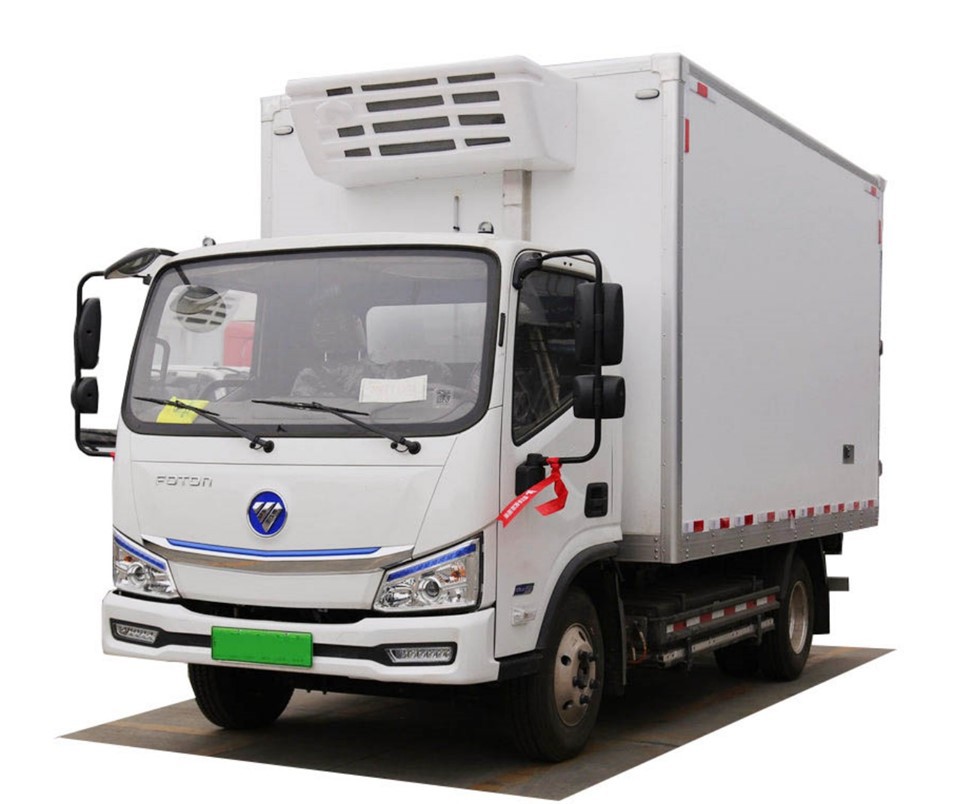When it comes to construction, utility work, and other heavy-duty applications, boom trucks play a crucial role. Their ability to lift and transport heavy loads makes them an invaluable asset. However, understanding boom truck capacity is essential for safety and efficiency. In this article, we will explore various aspects of boom truck capacity, including factors that influence it, specific models, practical examples, and much more.
What is a Boom Truck?
A boom truck, often referred to as a boom truck crane, is a specialized vehicle equipped with a hydraulic lift system. This truck combines the features of a truck and a crane, making it ideal for lifting and transporting heavy loads in areas that are difficult to access. The boom can extend to various heights and angles, allowing operators to place loads precisely where needed.
Key Components of a Boom Truck
- Chassis: The base that supports all other components of the truck.
- Boom: The extendable arm used for lifting and moving loads.
- Hydraulic System: Powers the boom and other mechanical components.
- Counterweights: These balance the load on the boom to prevent tipping.
- Storage Areas: Compartments for tools and equipment.
Importance of Understanding Boom Truck Capacity
Understanding boom truck capacity is crucial for several reasons:
1. Safety
Exceeding the load capacity can lead to accidents, equipment damage, and injuries. Proper knowledge ensures operators adhere to safety guidelines.
2. Compliance with Regulations
Many regions have regulations regarding load limits on construction vehicles. Understanding these regulations can help avoid legal issues.
3. Efficiency
Knowing the capacity helps in planning projects more effectively and selecting the right equipment for specific tasks.
Factors Influencing Boom Truck Capacity
Several factors can influence the capacity of a boom truck:
1. Boom Length
Generally, the longer the boom, the greater the capacity, but only up to a point. Long booms may reduce lifting capacity when extended fully.
2. Load Chart
Each boom truck comes with a load chart that specifies the maximum capacity based on the boom angle, length, and radius. Operators must refer to this chart when lifting loads.
3. Overloading
It may be tempting to exceed the load limit, but doing so compromises safety and equipment integrity. Always adhere to the recommended weight.
4. Stability and Ground Conditions
The ground conditions where the boom truck operates can greatly influence its capacity. Soft or uneven ground can reduce stability.
5. Weather Conditions
Wind can affect a boom truck’s lifting capacity, especially when working at heights. Operators should always consider weather forecasts and adjust accordingly.
Common Boom Truck Capacities
Below is a table of typical boom truck capacities based on various models:
| Model | Max Capacity (lbs) | Max Boom Length (ft) | Operating Radius (ft) |
|---|---|---|---|
| National Crane 900C | 17,000 | 30 | 25 |
| Terex BT 3792 | 30,000 | 40 | 35 |
| Freightliner M2 | 14,500 | 28 | 20 |
| Altec AC38-127S | 38,000 | 38 | 30 |
Practical Tips for Operating a Boom Truck
1. Pre-Operation Inspection
Always perform a thorough inspection before operation. Check for hydraulic leaks, tire pressure, and boom function.
2. Familiarize Yourself with the Load Chart
Understand the load chart associated with the specific boom truck model you are operating. Know the limits and adjust the boom height and angle as necessary.
3. Communicate Clearly
Establish clear signals with ground crew members during operation to ensure safety and coordination.
4. Stabilize Your Position
Ensure that the boom truck is on stable ground. Extend stabilizers if available and avoid working on uneven terrain.
5. Follow Weather Guidelines
Monitor weather conditions and be cautious in high winds or severe weather. Know when to postpone operations.
Applications of Boom Trucks
1. Construction
Boom trucks are often used in construction for lifting materials like steel beams, trusses, and large panels. They can navigate tight spaces on construction sites where traditional cranes may not fit.
2. Utility Work
Utility companies use boom trucks for tasks such as installing and repairing power lines. Their reach allows workers to perform tasks at significant heights safely.
3. Tree Removal
Tree services utilize boom trucks to reach high branches without risking worker safety climbing trees. They can quickly and safely remove large branches or entire trees.
4. HVAC Installation
Heating, ventilation, and air conditioning (HVAC) professionals use boom trucks to install units on rooftops, reducing the need for scaffolding.
Frequently Asked Questions (FAQ)
1. What is the average capacity of a boom truck?
The average capacity of a boom truck typically ranges from 14,000 to 40,000 lbs, depending on the model and boom length.
2. How do I determine the right boom truck for my project?
Evaluate the weight and dimensions of the load, the required boom height, and the job site conditions. Consult the load chart of various models to find the best fit.
3. Can I use a boom truck in adverse weather conditions?
It’s essential to assess wind speeds and other weather factors. Generally, operations should be postponed during severe weather conditions to ensure safety.
4. Is it possible to overload a boom truck?
Overloading a boom truck is dangerous and can lead to accidents or equipment failure. Always adhere to the manufacturer’s load limits and specifications.
5. What maintenance is required for boom trucks?
Regular maintenance includes checking hydraulic fluid levels, inspecting the boom for wear and damage, and ensuring all safety features are functional.
6. Are boom trucks suitable for residential jobs?
Yes, boom trucks can be used for residential jobs, particularly for tasks like tree trimming, roof repairs, and HVAC installations, where reach is vital.





